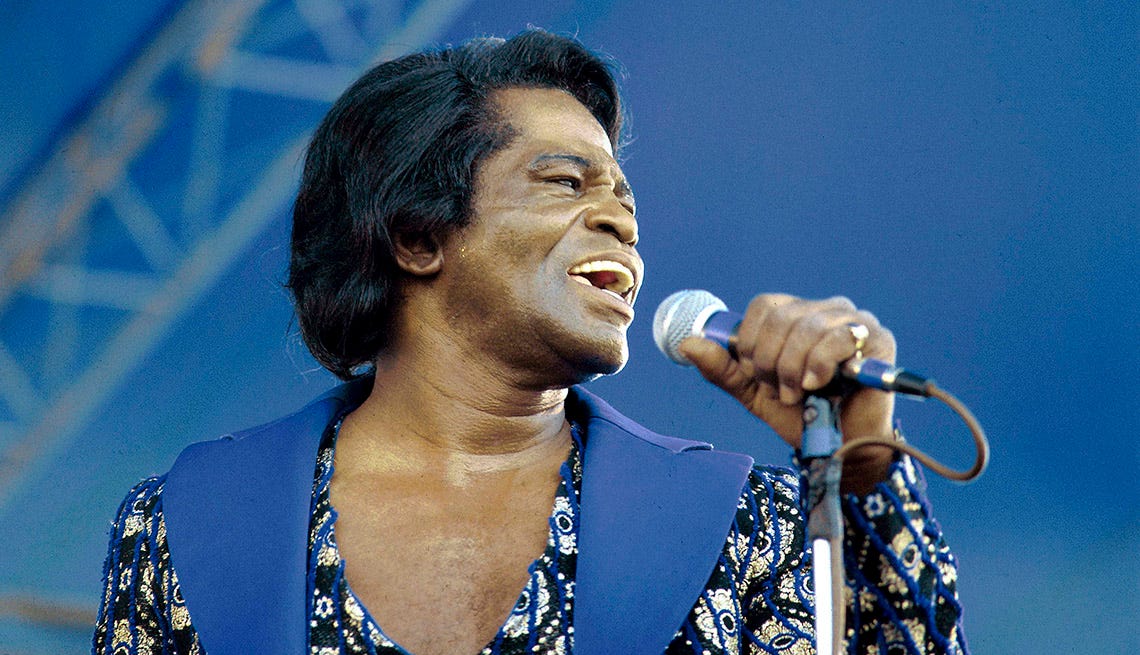Quando sono sul palco, cerco di fare una cosa: portare gioia alle persone. Proprio come fa la chiesa. La gente non va in chiesa per trovare problemi, ma per perderli.
James Brown
If you read the post on your phone and the button “Read in English” doesn’t work, scroll down the page: the English version is after the Italian one.
Partiamo dal reverendo James …
Keep reading with a 7-day free trial
Subscribe to (((RADIO PIAN PIANO))) to keep reading this post and get 7 days of free access to the full post archives.




